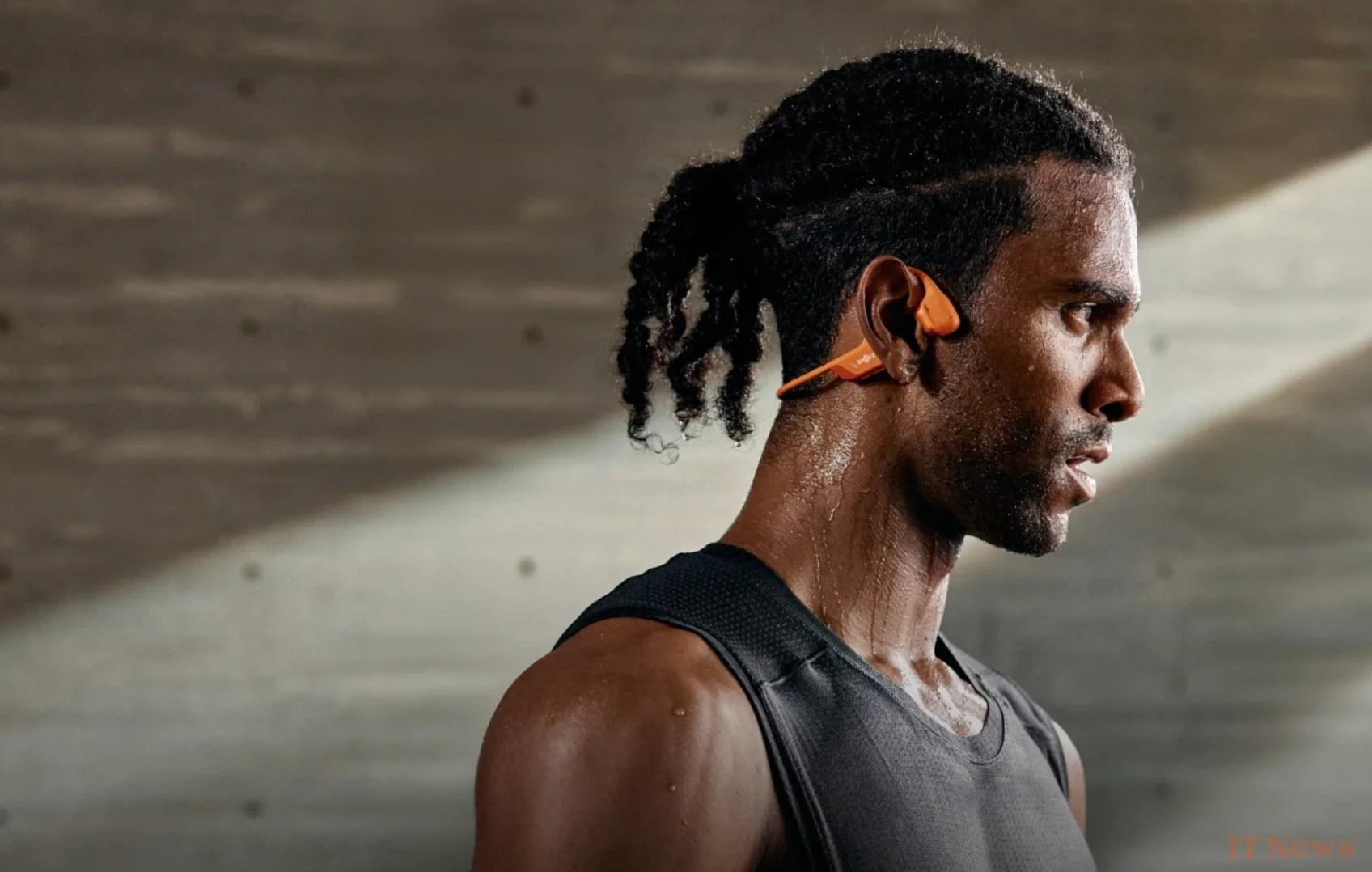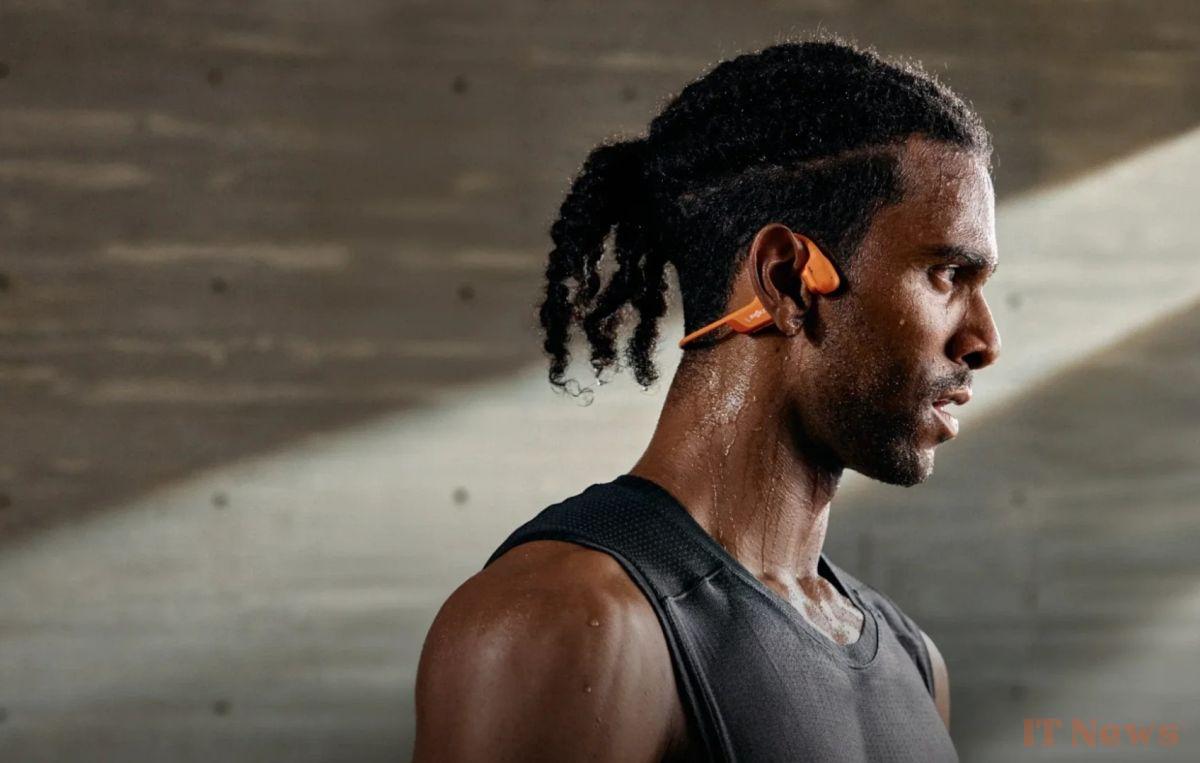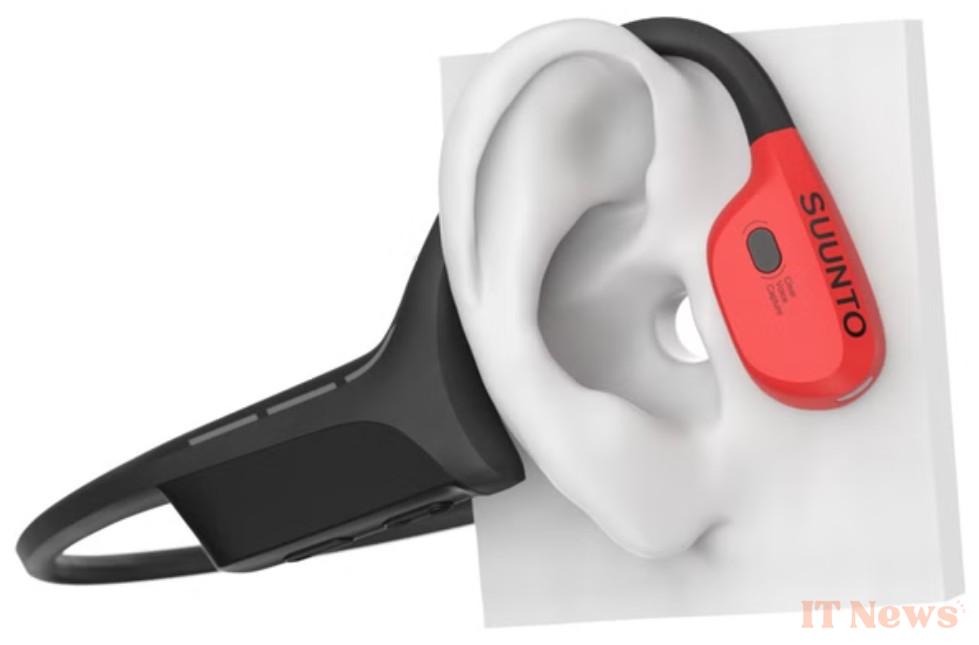Samsung is expected to launch its first-ever bone conduction headphones in a few months. This type of audio equipment, popular with athletes, is becoming increasingly mainstream. The South Korean manufacturer seems to believe that demand is now strong enough to market its own product.
Summer is traditionally the time for Samsung to launch its foldable screen smartphones and its most popular connected accessories, namely its Galaxy Watch smartwatches and Galaxy Buds earphones. This year, the manufacturer should have a new surprise in store for us, in the audio field.
According to the Chinese leaker Digital Chat Station, often well-informed thanks to its sources from the production lines, Samsung will market for the first time a bone conduction headset next July. It should be presented during the major Unpacked conference where the Galaxy Z Fold 7 and Z Flip 7 will be announced.
A first bone conduction headset for Samsung
The code name for this device would be “Able”, but its commercial name is still unknown. It is not known if it will join the Buds family, or if Samsung will instead create a completely new range. From a purely etymological point of view, it would not make sense for a bone conduction headset to be called Buds. But marketing logic can sometimes surprise us, and we shouldn't dismiss the idea that the South Korean manufacturer prefers to group all its wireless headphones under the same brand.
Digital Chat Station doesn't share any information about the design or technical specifications of this famous bone conduction headset. It only explains that the product transmits sound to the ear without the need to insert earbuds, which we could already guess since this is the very principle of this type of device.
Bone conduction headphones, which can also be called open headphones or bone conduction earphones, are still relatively unknown to the general public, but their popularity continues to grow. One of the most advanced brands in this segment is Shokz (formerly AfterShokz), in the United States, which has been present in this market for over 10 years. We can also mention the Finnish company Suunto or the Chinese alternative Tayoto, which offers devices at a more affordable price.
Among the better-known brands, Philips launched its first model in 2021, but it is only an outsider in this industry. The recent interest of Samsung and other well-known audio brands in this type of product could help make them more accessible.
What are bone conduction headphones?
As the name suggests, bone conduction headphones transmit sound waves through the skull, not the eardrum. We hear thanks to the vibration of the bones in the inner ear. Generally, it is the eardrum that is responsible for vibrating the bones in the ear. The sound waves make it move, and it then triggers vibrations in the bones of the inner ear. Such a device manages to vibrate the bones of the inner ear without stressing the eardrum.
Bone conduction headphone technology is not new. The first ones began to appear around 2008. Originally, they were mainly aimed at athletes. Unlike in-ear headphones, which focus on immersion in audio content and creating a bubble with noise reduction (passive and active), bone conduction headphones allow the user to maintain full awareness of their surroundings. Athletes can therefore remain aware of road hazards, for example.
These headphones also allow for easier communication. High-end in-ear headphones now have a transparency mode to pierce the bubble that protects users from the outside world, but this is not always effective, or even practical.
Comfort is also an argument in favor of bone conduction headphones. When exercising, in-ear headphones can cause discomfort, or the sensation that they might fall out of your ears. This is not a problem with bone conduction headphones. Not having to push earbuds into your ear canal is also appealing to more and more users beyond sports. Not having to cover your ears, as with circumaural or on-ear headphones, also improves convenience.
Source: Digital Chat Station





0 Comments